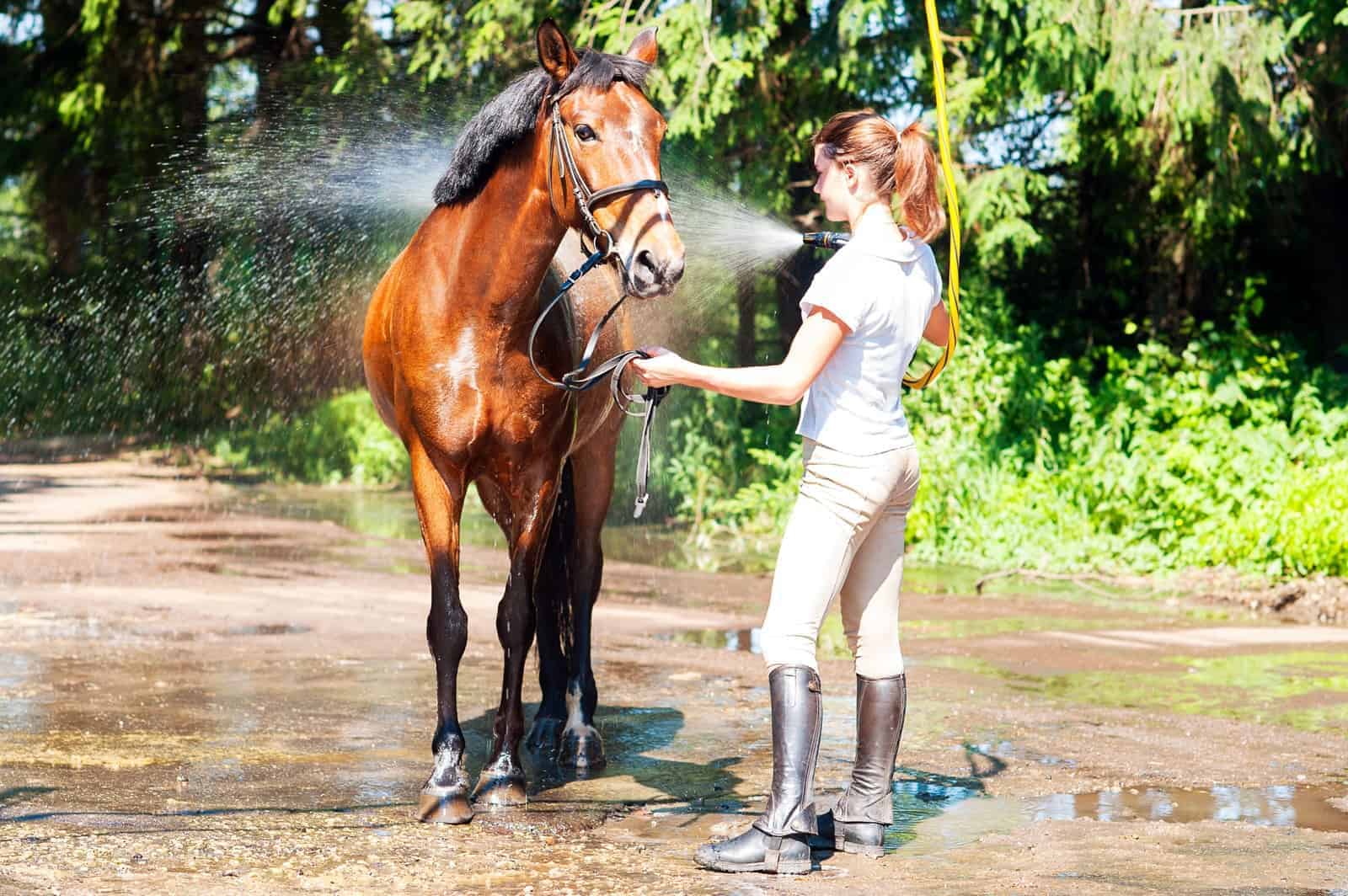Introduction
The health of your horse is of utmost importance. One of the most crucial aspects of horse care is ensuring the proper maintenance of your horse’s hooves. Knowing how to care for horse hooves can save your equine friend from many common issues. The horse’s hoof is more than just a support structure; it acts as a shock absorber and helps dissipate the stress from their movement. Keeping horse hooves well-maintained involves knowing the right techniques, tools, and the essential role played by the farrier.

Why Hoof Care is Vital
The health of a horse heavily relies on the well-being of its hooves. Poor hoof care can lead to various ailments such as laminitis, thrush, and navicular disease. All these can impair your horse’s mobility and overall health. It’s not just about trimming; it’s about understanding the anatomy and function of the hoof.

Basic Anatomy of a Horse’s Hoof
To effectively care for horse hooves, you must first understand their structure. A horse’s hoof is composed of the wall, sole, frog, and heel. Each part plays a specific role in the overall health and functionality of the hoof. The hoof wall provides protection, the sole supports the weight, the frog acts as a shock absorber, and the heel offers further support.
Daily Hoof Care Routine

Picking the Hoof
Make it a habit to pick out your horse’s hooves daily. This helps remove any debris such as stones, mud, and manure that may cause discomfort or infections. Use a hoof pick that is easy to handle.

Inspecting for Injuries
Daily inspections allow you to spot injuries or abnormalities early. Look for cracks, punctures, or signs of infection. Early detection is crucial for timely intervention.
Weekly and Monthly Hoof Care
Trimming Hooves
Regular trimming is essential. Uneven growth can lead to imbalance and potential lameness. Most horses require trimming every 6 to 8 weeks, but this can vary based on individual needs and the environment they live in.
Smoothing Rough Edges
After trimming, use a rasp to smooth out any rough edges. This helps prevent cracks and splits in the hoof wall.
The Role of a Farrier
Why Professional Care Matters
A trained farrier should regularly inspect your horse’s hooves. They can detect underlying issues that may not be visible to the untrained eye. Regular visits by a farrier ensure that hooves are trimmed correctly and any problems are addressed promptly.
Choosing the Right Farrier
Selecting a competent and experienced farrier is crucial. Look for certifications and ask for recommendations from other horse owners.
Common Hoof Problems and Solutions
Thrush
Thrush is a bacterial infection that affects the frog of the hoof. It is often caused by damp, unsanitary conditions. Regular cleaning and keeping the stall dry can prevent it. If your horse contracts thrush, commercial treatments are available.
Laminitis
This is a severe condition that affects the sensitive tissues inside the hoof, leading to inflammation and severe pain. It’s often related to diet, overload, or other health issues. Consultation with a veterinarian is crucial for proper treatment.
Using Modern Technology for Hoof Care
Hoof Care Apps
Modern technology offers various apps that help you track trimming schedules, log injuries, and store pictures of the hooves. These tools can be beneficial in maintaining a comprehensive hoof care routine.
Innovative Hoof Boots
Hoof boots are increasingly popular for protecting hooves during riding, especially for horses that are barefoot. They provide additional cushioning and support, which can be beneficial for horses with sensitive hooves.
Feeding for Healthy Hooves
Nutrition
A balanced diet is vital for healthy hooves. Nutrients like biotin, methionine, and zinc are essential for hoof growth and strength. Consult your veterinarian to ensure your horse’s diet meets all its nutritional needs.
Supplements
There are various supplements available that specifically target hoof health. Products containing biotin, amino acids, and minerals can improve the condition of your horse’s hooves.
Seasonal Hoof Care
Winter
Winter can be challenging for hoof care due to moisture and mud. Keeping your horse’s living area dry and using hoof treatments can prevent common issues like thrush.
Summer
In summer, hooves can become dry and brittle. Using hoof moisturizers and ensuring ample hydration can prevent cracks and other damage.
Frequently Asked Questions
What is the best way to pick a hoof?
The best way to pick a hoof is by using a hoof pick. Start from the heel and move toward the toe, removing any debris lodged in the hoof. Regular cleaning helps prevent infections and discomfort.
How often should I trim my horse’s hooves?
Trimming should typically be done every 6 to 8 weeks, although this can vary depending on the horse and its living conditions. Consult your farrier for a schedule best suited to your horse.
When should I call a farrier?
Call a farrier if you spot any abnormalities, cracks, or signs of infections. Regular visits for inspection and professional trimming are also essential.
External Resources for Further Reading
For more in-depth tips on horse care, check out this resource.
Internal Resources for Further Reading
Learn more about how to put a bridle on a horse, bridle a horse English style, and horse bridle costs.
As an Amazon Associate, I earn from qualifying purchases.